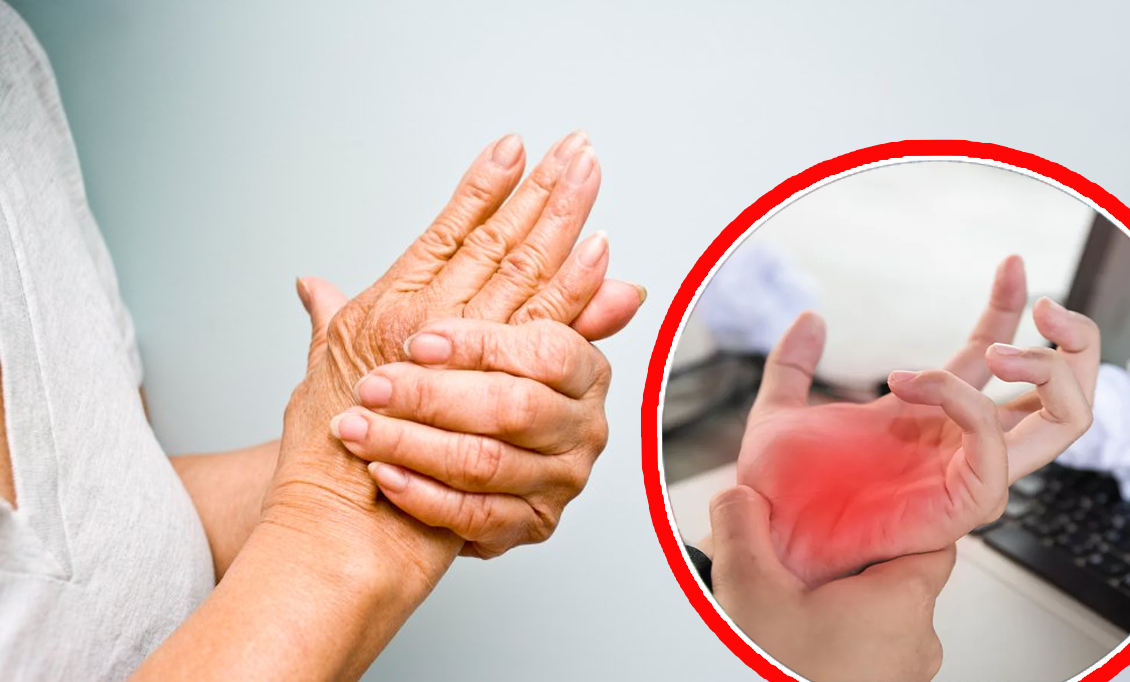Loguytren problems, commonly associated with a condition known as Dupuytren’s contracture, can significantly impact hand function. This condition develops gradually, causing the fingers to bend toward the palm, making everyday tasks increasingly difficult. While it is not a life-threatening condition, its progression can limit mobility and reduce hand dexterity. Understanding the symptoms, causes, and available treatments is essential for managing the condition effectively.
What Are Loguytren Problems?
Loguytren problems refer to a thickening of the connective tissue beneath the skin of the palm. Over time, this thickened tissue forms tight cords that pull one or more fingers inward. The condition typically affects the ring and pinky fingers, though it can sometimes impact other fingers as well.
The progression is usually slow, and many people may not notice symptoms until their fingers start curling. The lack of pain often leads individuals to overlook the condition in its early stages. However, once the fingers become contracted, simple activities like shaking hands, holding objects, or even placing the hand flat on a surface can become challenging.
How Loguytren Problems Affect Your Hands
Early Symptoms
The first noticeable sign of Loguytren problems is usually a small, firm lump in the palm. This lump may be slightly sensitive but is generally not painful. Some individuals experience slight tightness in the affected area, which gradually worsens over time.
Progression of the Condition
As the condition advances, cords of tissue develop beneath the skin, pulling the fingers inward. This contraction can become severe, leading to permanent deformity. Some individuals experience a slow progression over decades, while others notice significant changes within a few years.
Impact on Daily Life
The bending of the fingers affects various everyday activities. People with Loguytren problems may struggle with gripping objects, writing, typing, or even using utensils. Professions that require fine motor skills, such as musicians, mechanics, and surgeons, can be particularly affected. Additionally, the inability to fully open the hand can cause frustration and limit social interactions, such as handshakes.
Causes and Risk Factors
Although the exact cause of Loguytren problems is unclear, several factors contribute to its development.
- Genetics: Family history plays a significant role in determining who develops this condition.
- Age: It is more common in individuals over 50 years old.
- Gender: Men are more likely to experience severe symptoms than women.
- Lifestyle Factors: Smoking and excessive alcohol consumption may increase the risk.
- Medical Conditions: People with diabetes and certain seizure disorders have a higher chance of developing Loguytren problems.
What to Do About It: Treatment and Management
Non-Surgical Treatments
For mild cases, non-surgical approaches may help slow the progression and improve hand function.
- Hand Exercises: Stretching and mobility exercises can maintain flexibility and slow finger contraction.
- Physical Therapy: Therapists may recommend specific techniques to improve movement.
- Steroid Injections: In some cases, injections can reduce inflammation and slow tissue thickening.
- Enzyme Injections: Some treatments involve injecting enzymes to break down the tight cords, allowing better movement.
Surgical Treatments
For severe cases where fingers are significantly bent, surgery may be necessary.
- Needle Aponeurotomy: A minimally invasive procedure that involves breaking the thickened tissue with a needle.
- Fasciotomy and Fasciectomy: Surgical removal of the thickened tissue to restore hand movement.
- Recovery Process: Post-surgical rehabilitation includes physical therapy to regain flexibility and strength.
Living with Loguytren Problems: Coping Strategies
Managing Loguytren problems requires adapting to changes in hand function. Assistive devices, such as specialized grips and ergonomic tools, can help individuals perform daily tasks more efficiently. Staying proactive with hand exercises and regular medical check-ups can also prevent rapid progression.
Additionally, mental health plays an essential role in coping with chronic conditions. Support groups and counseling can help individuals manage frustration and maintain a positive outlook on life.
Also Read This Blog: How TopHillSport com Covers the Latest Trends in Tech and Sports
Conclusion
Loguytren problems can gradually reduce hand function, making simple tasks more challenging. While the condition is not painful, it can lead to long-term mobility issues if left untreated. Early detection and intervention can significantly improve outcomes, whether through exercises, injections, or surgery. If you notice early symptoms, consulting a medical professional can help you manage the condition effectively and maintain hand function for as long as possible.
FAQs
1. What are Loguytren problems?
Loguytren problems refer to a condition that causes the fingers to bend toward the palm due to thickened connective tissue. It develops gradually and affects hand mobility.
2. What are the early signs of Loguytren problems?
The first signs include a small lump or thickening in the palm, followed by the gradual bending of one or more fingers over time.
3. Can Loguytren problems be cured?
There is no complete cure, but treatments like physical therapy, injections, or surgery can help manage symptoms and improve hand function.
4. Who is most at risk for Loguytren problems?
It is more common in older adults, especially men, and those with a family history. Lifestyle factors like smoking and alcohol use may also increase the risk.
5. When should I see a doctor for Loguytren problems?
If you notice finger stiffness, nodules in your palm, or difficulty straightening your fingers, consult a doctor for early diagnosis and treatment options.

